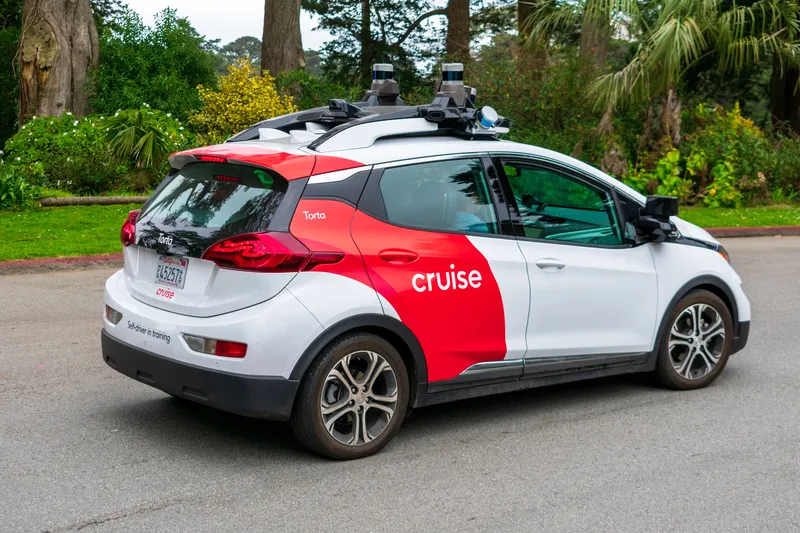A Fluor-led joint venture, Colorado River Constructors, a partnership with Balfour Beatty Infrastructure, has been awarded a four-year design-build contract by the Central Texas Regional Mobility Authority to provide design and construction services valued at US$581 million for the Bergstrom Expressway Project located in Austin, Texas.
According to Fluor, the project provides the most significant improvements to the US Highway 183 corridor since the mid-1960s.
The joint venture will design and reconst
June 1, 2015
Read time: 2 mins
A 2248 Fluor-led joint venture, Colorado River Constructors, a partnership with 3902 Balfour Beatty Infrastructure, has been awarded a four-year design-build contract by the 5681 Central Texas Regional Mobility Authority to provide design and construction services valued at US$581 million for the Bergstrom Expressway Project located in Austin, Texas.
According to Fluor, the project provides the most significant improvements to the US Highway 183 corridor since the mid-1960s.
The joint venture will design and reconstruct approximately eight miles of US Highway 183 from US Highway 290 in Austin, to State Highway 71 near the Austin Bergstrom International Airport. The project is expected to break ground in 2016 with construction set to continue into 2020.
The Bergstrom Expressway Project will add capacity to one of Austin’s most important arterial roadways which serves more than 60,000 vehicles a day. The project scope of work includes the design and construction of six tolled lanes (three in each direction) located in the median of US 183, upgrades to the general purpose lanes, five grade-separated interchanges, four new bridges, two new direct connect flyover ramps and the installation of intelligent traffic management systems. Improvements and upgrades to major interchanges along the corridor such as bike and pedestrian sidewalks with shared-use paths are also included.
“The Fluor-Balfour joint venture is proud to have been selected for this contract continuing our 14-year relationship with Balfour in Texas. We look forward to successfully delivering the project in partnership with the Mobility Authority,” said Terry Towle, president of Fluor’s infrastructure business. “
According to Fluor, the project provides the most significant improvements to the US Highway 183 corridor since the mid-1960s.
The joint venture will design and reconstruct approximately eight miles of US Highway 183 from US Highway 290 in Austin, to State Highway 71 near the Austin Bergstrom International Airport. The project is expected to break ground in 2016 with construction set to continue into 2020.
The Bergstrom Expressway Project will add capacity to one of Austin’s most important arterial roadways which serves more than 60,000 vehicles a day. The project scope of work includes the design and construction of six tolled lanes (three in each direction) located in the median of US 183, upgrades to the general purpose lanes, five grade-separated interchanges, four new bridges, two new direct connect flyover ramps and the installation of intelligent traffic management systems. Improvements and upgrades to major interchanges along the corridor such as bike and pedestrian sidewalks with shared-use paths are also included.
“The Fluor-Balfour joint venture is proud to have been selected for this contract continuing our 14-year relationship with Balfour in Texas. We look forward to successfully delivering the project in partnership with the Mobility Authority,” said Terry Towle, president of Fluor’s infrastructure business. “










